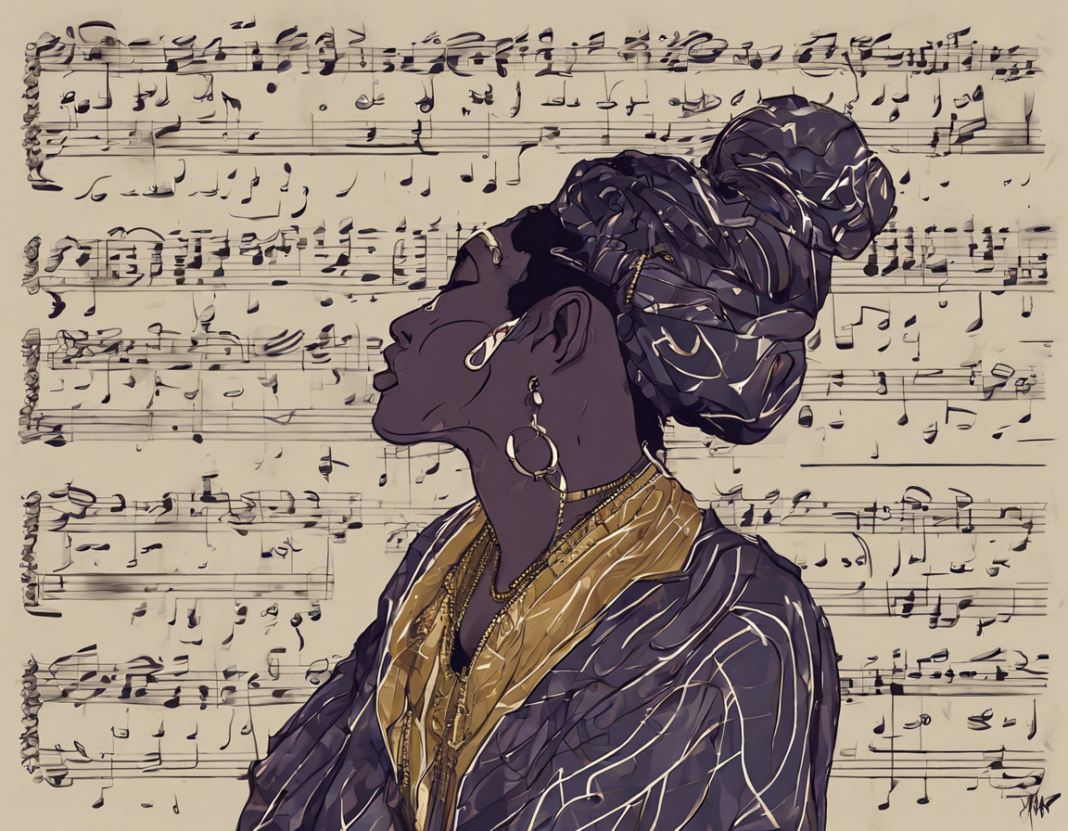If you’re a music enthusiast or a fan of soul-stirring tunes, you have likely come across the Khalasi song lyrics. Originating from the Indian subcontinent, specifically the regions of Bengal and Bangladesh, Khalasi songs are known for their heartfelt lyrics and captivating melodies. In this comprehensive guide, we will delve into the rich history, themes, and significance of Khalasi song lyrics, shedding light on this unique and culturally significant musical tradition.
History of Khalasi Songs
The term “Khalasi” draws its roots from the railway workers in colonial India who were referred to as Khalasis. These laborers played a crucial role in the construction and maintenance of the railway lines, often toiling in harsh conditions. To alleviate their hardships and find solace amidst their struggles, these workers would compose and sing songs that came to be known as Khalasi songs. Over time, these songs evolved into a distinct musical genre that resonated with the broader working-class population.
Themes and Lyrics
Khalasi song lyrics typically revolve around themes of labor, hardship, separation, nostalgia, and the longing for home. The lyrics are deeply emotive, reflecting the everyday experiences and emotions of the working-class communities. Through poignant verses and melodious tunes, Khalasi songs capture the essence of human resilience in the face of adversity and the yearning for a better tomorrow.
Musical Elements
Musically, Khalasi songs are characterized by their simple yet powerful melodies, often accompanied by traditional instruments such as the ektara, dotara, and dhol. The raw, unfiltered vocals of the singers lend an authentic quality to the songs, invoking a sense of raw emotion and sincerity. The rhythmic patterns and repetitive refrains in Khalasi music create a hypnotic effect, drawing listeners into the heart of the narrative.
Cultural Significance
Beyond their musical appeal, Khalasi songs hold significant cultural value as a form of oral tradition that has been passed down through generations. These songs serve as a means of storytelling, preserving the collective memory of a community and honoring the struggles and triumphs of the working class. By celebrating the resilience and spirit of ordinary people, Khalasi songs elevate the voices of the marginalized and offer a glimpse into their lived experiences.
Modern Interpretations
In contemporary times, artists and musicians continue to draw inspiration from Khalasi songs, infusing them with modern sensibilities while staying true to their roots. Fusion genres blending traditional Khalasi music with elements of folk, rock, and electronica have emerged, breathing new life into this age-old musical tradition. Through innovative reinterpretations and collaborations, Khalasi songs are finding a global audience and sparking conversations about social justice and equality.
FAQs (Frequently Asked Questions)
1. What language are Khalasi songs typically sung in?
Khalasi songs are often sung in Bengali, reflecting the cultural heritage of the regions where this musical tradition originated.
2. Are Khalasi songs always somber in tone?
While many Khalasi songs convey themes of hardship and longing, there are also uplifting and celebratory tunes that capture moments of joy and camaraderie among the working-class communities.
3. Can anyone compose and perform Khalasi songs?
Yes, Khalasi songs are a democratic form of expression, and anyone with a story to tell or emotions to convey can create and sing Khalasi music.
4. How can one learn more about the history of Khalasi songs?
Exploring academic resources, attending cultural events, and engaging with local communities can provide valuable insights into the origins and evolution of Khalasi songs.
5. Are there any contemporary artists known for their rendition of Khalasi songs?
Several contemporary musicians, such as Anusheh Anadil and Arnob, have gained acclaim for their modern interpretations of Khalasi music, introducing this traditional genre to new audiences.
In conclusion, Khalasi songs stand as a testament to the power of music to transcend boundaries, evoke deep emotions, and preserve the stories of everyday people. As we immerse ourselves in the heartfelt lyrics and enchanting melodies of Khalasi music, we not only appreciate its artistic beauty but also honor the resilience and spirit of those whose voices echo through these timeless songs.

